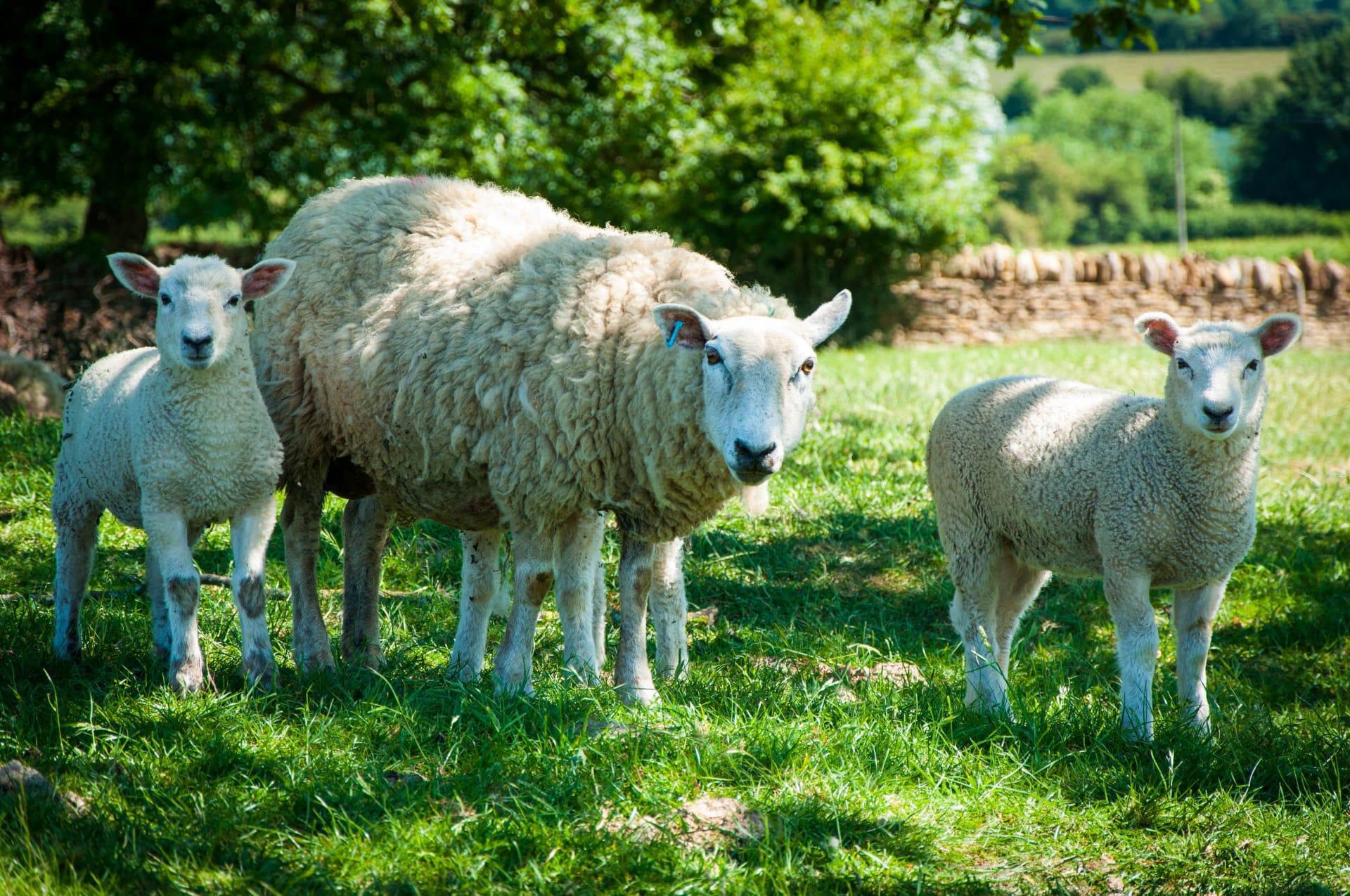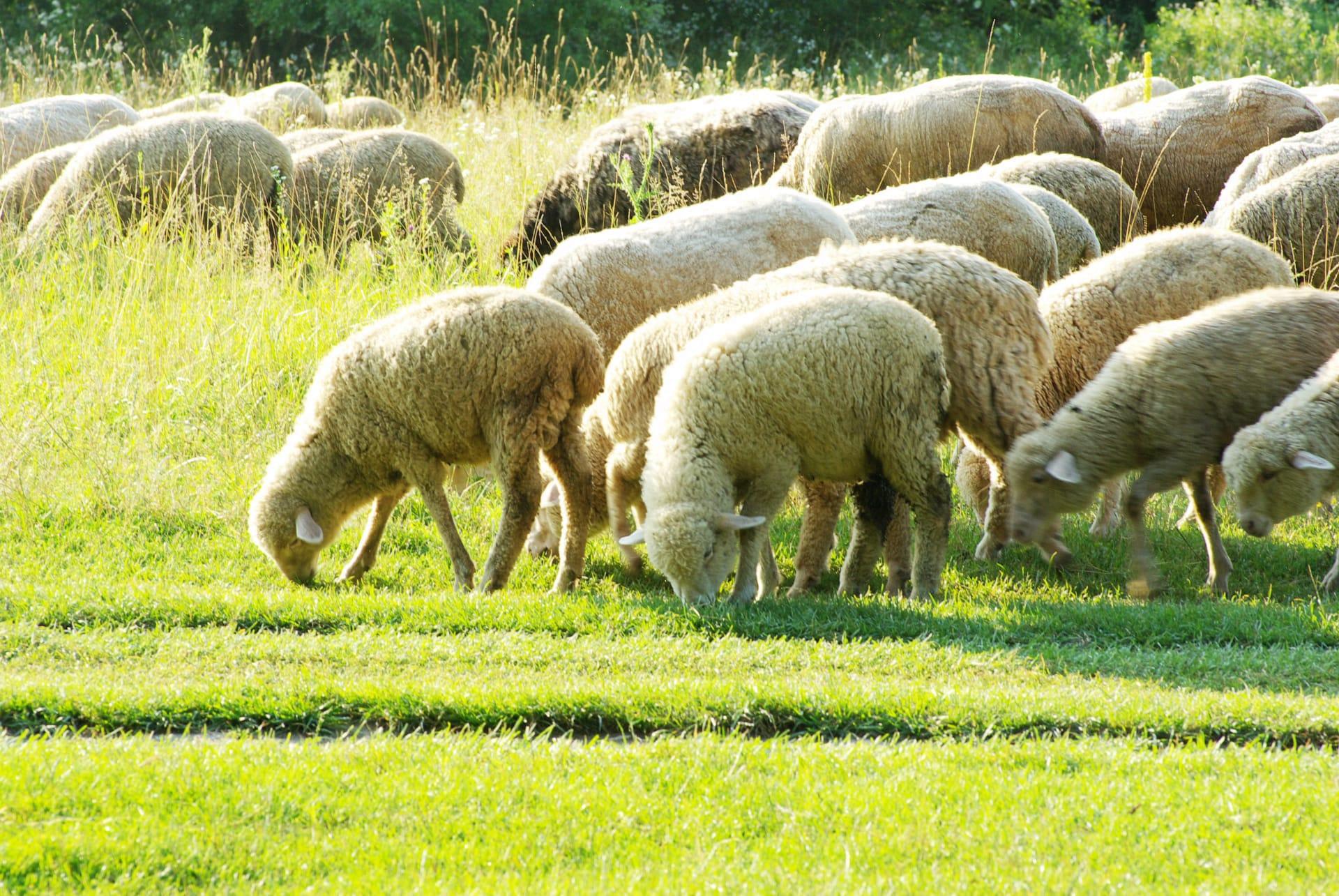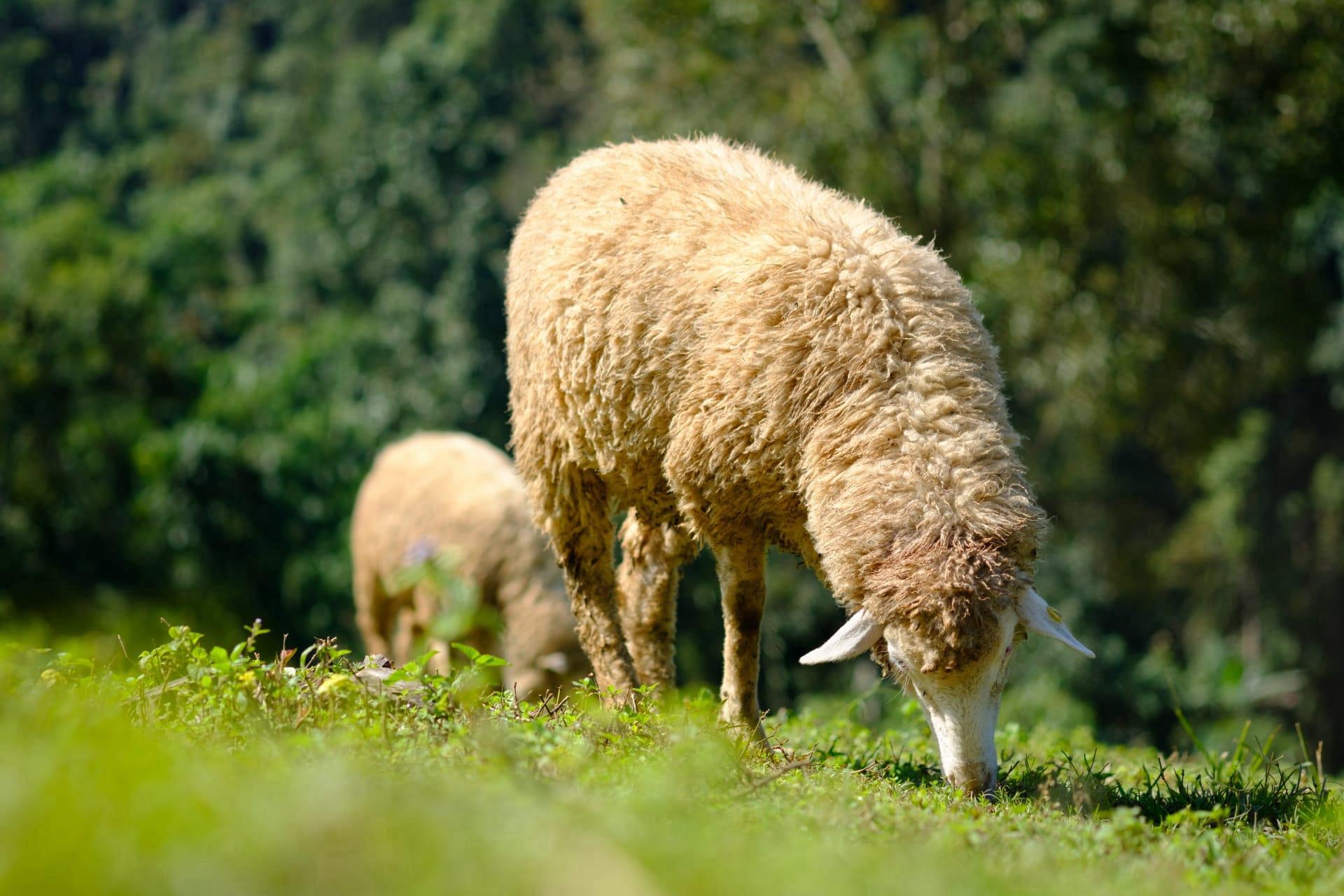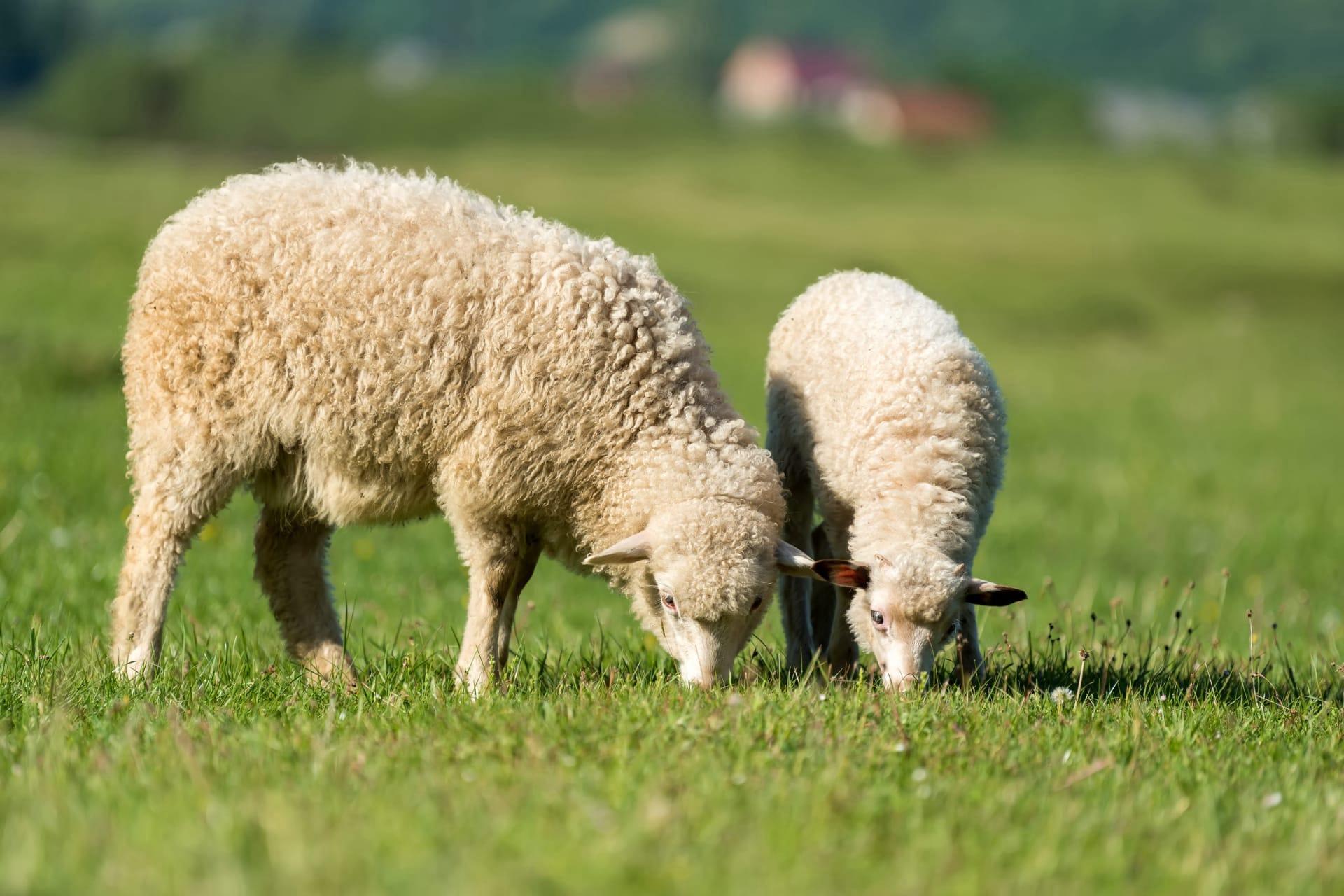Sheep Characteristics
- Home /
- Mini Encyclopedia /
- Animal /
- Sheep Characteristics
1
Sheep, known scientifically as Ovis aries, are fascinating creatures with distinct physical characteristics. On average, adult sheep weigh between 100 to 350 pounds (45 to 160 kilograms), with rams (male sheep) usually being heavier than ewes (female sheep). Their size can vary greatly depending on the breed. Sheep typically live for about 10 to 12 years, although some can live longer under optimal conditions.
The most remarkable organ of a sheep is arguably its stomach, which is a complex, multi-chambered structure. This organ allows sheep to process and utilize plant-based foods efficiently. The stomach is divided into four sections: the rumen, reticulum, omasum, and abomasum. The rumen plays a crucial role in breaking down tough plant material through a fermentation process, assisted by a diverse community of microorganisms. This process enables sheep to extract essential nutrients from grasses and other fibrous plant materials.

2
Question: Why do sheep need to be sheared?
Answer: Shearing is an essential practice for most sheep breeds. Sheep grow wool continuously, and if not sheared, the wool can become excessively long, heavy, and dirty. This can lead to various problems such as overheating, mobility issues, and even infections caused by moisture and bacteria trapped in the thick wool. Shearing not only helps in maintaining the health and hygiene of the sheep but also provides wool, a valuable material used in textiles. Typically, sheep are sheared once a year, usually in the spring, to prepare them for the warmer months.

3
Sheep are primarily known for their grazing behavior rather than their athleticism. They can walk soon after birth and are known for their steady, enduring pace rather than speed or agility. Sheep prefer walking and grazing slowly over vast pastures, which suits their feeding habits.
Contrary to common belief, sheep are not predators and do not have hunting characteristics. They are herbivores, feeding mainly on grass, clover, and other pasture plants. Their diet can also include hay and specialized sheep feed. Sheep use their keen sense of smell to find the freshest and most nutritious plants to graze on, and their flat, grinding teeth are perfectly adapted for chewing tough plant material.

4
Sheep are versatile animals and can adapt to a variety of environments, from arid deserts to lush grasslands. They are commonly found in agricultural settings but can thrive in diverse climates, ranging from the cold highlands to temperate regions. Their thick woolly coats provide insulation against both cold and heat, making them resilient in various weather conditions.
Sheep are social animals and have a strong reproductive drive. The breeding season, or rut, typically occurs in the autumn, leading to spring lambing. Ewes usually give birth to one to three lambs after a gestation period of about five months. Lambs are born with a soft coat of wool and are often able to stand and walk within minutes of birth, quickly becoming part of the flock.

5
Book: "The Shepherd's Life" by James Rebanks, a British author. This book, set in the Lake District of England, provides an insightful look into the life and traditions of sheep farming. Published in the 21st century, it offers a unique and modern perspective on the age-old relationship between humans and sheep, emphasizing the cultural and economic significance of sheep farming.
Book: "Sheep: The Remarkable Story of the Humble Animal that Built the Modern World" by Alan Butler. This book delves into the historical and cultural impact of sheep, exploring how these animals have influenced human civilization. Butler, an acclaimed author, presents a captivating narrative that spans various countries and eras, highlighting the pivotal role of sheep in shaping societies and economies.